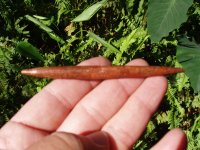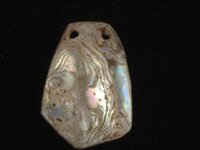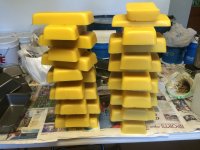BillA
Bronze Member
looking for a protective wax for artifacts of bone or wood, such would also shine up duller rocks
have tried melted parrifin from candles which seems not too permanent and is rather impure; for rocks and shells
mineral oil evaporates quickly, used as the solvent for inorganic wax pastes
have not tried carnuaba or beeswax (straight)
products for curators emphasise the use of micro crystalline wax which has smaller crystals, less oil, and a higher melting temperature
micro crystalline wax can be had solid (Jacquard), as a paste wax (Chestnut), or as blended curator-type waxes (Reniassance, Liberon)
anyone have some experience with different waxes ?
have tried melted parrifin from candles which seems not too permanent and is rather impure; for rocks and shells
mineral oil evaporates quickly, used as the solvent for inorganic wax pastes
have not tried carnuaba or beeswax (straight)
products for curators emphasise the use of micro crystalline wax which has smaller crystals, less oil, and a higher melting temperature
micro crystalline wax can be had solid (Jacquard), as a paste wax (Chestnut), or as blended curator-type waxes (Reniassance, Liberon)
anyone have some experience with different waxes ?
Upvote
0







